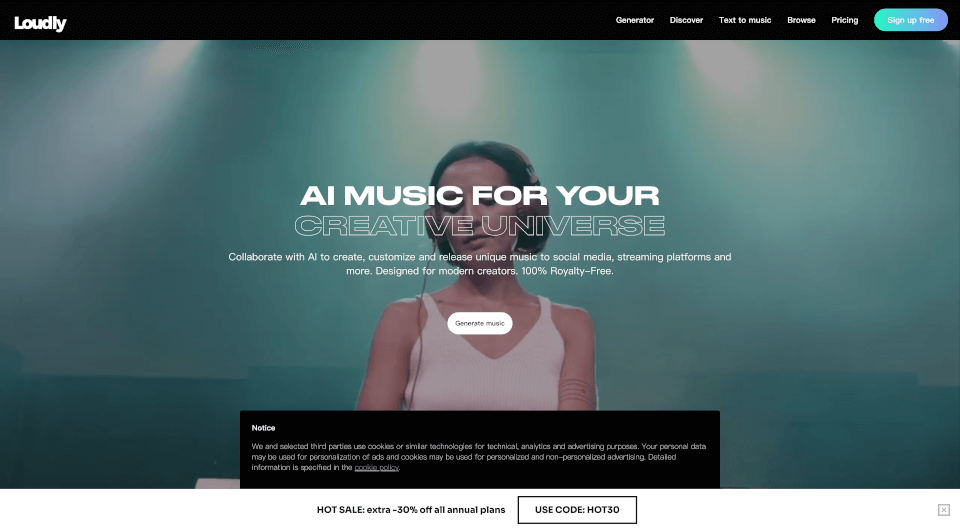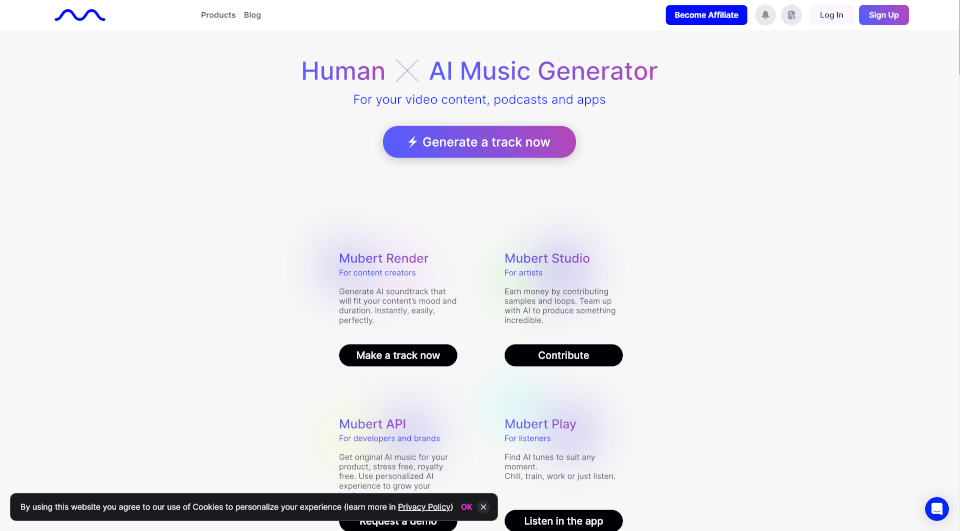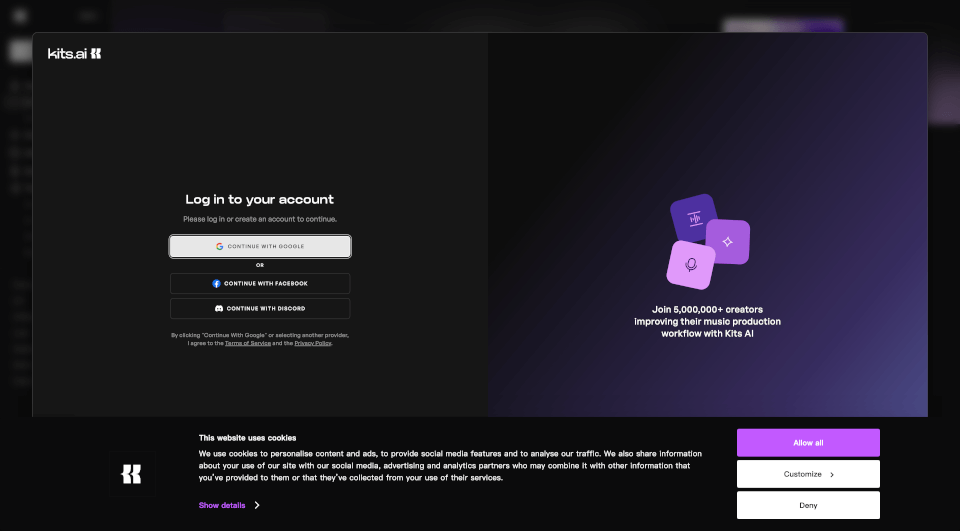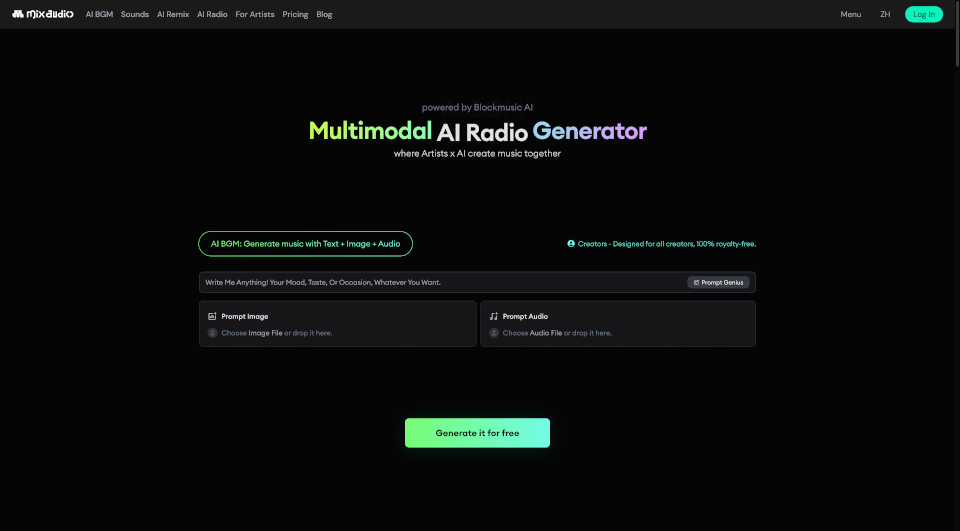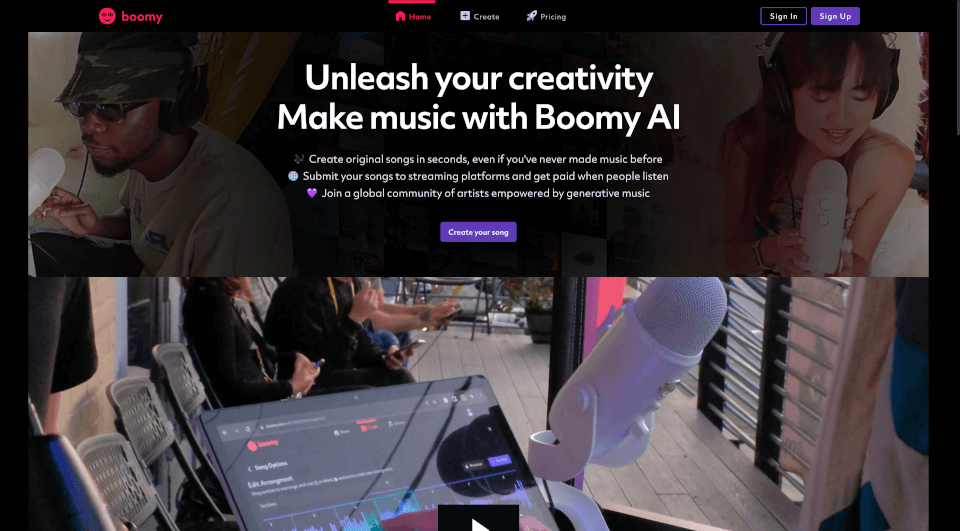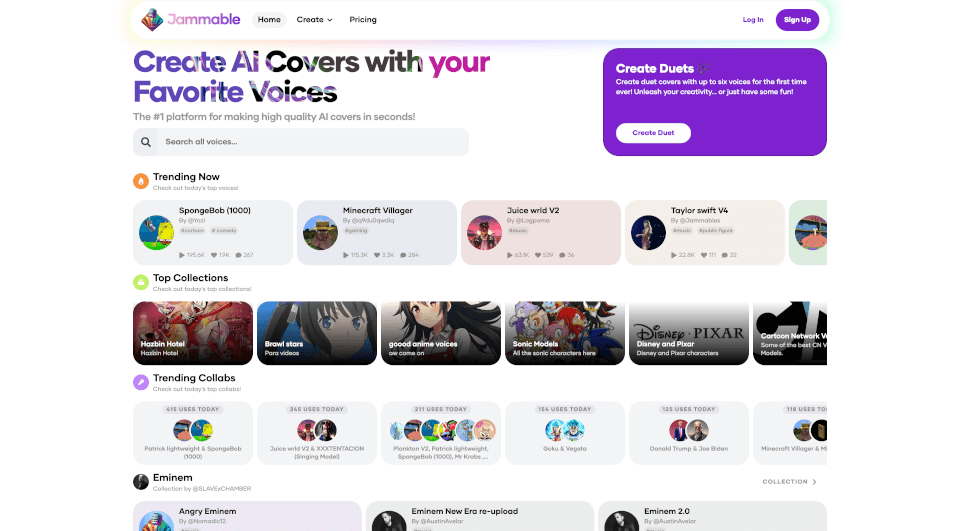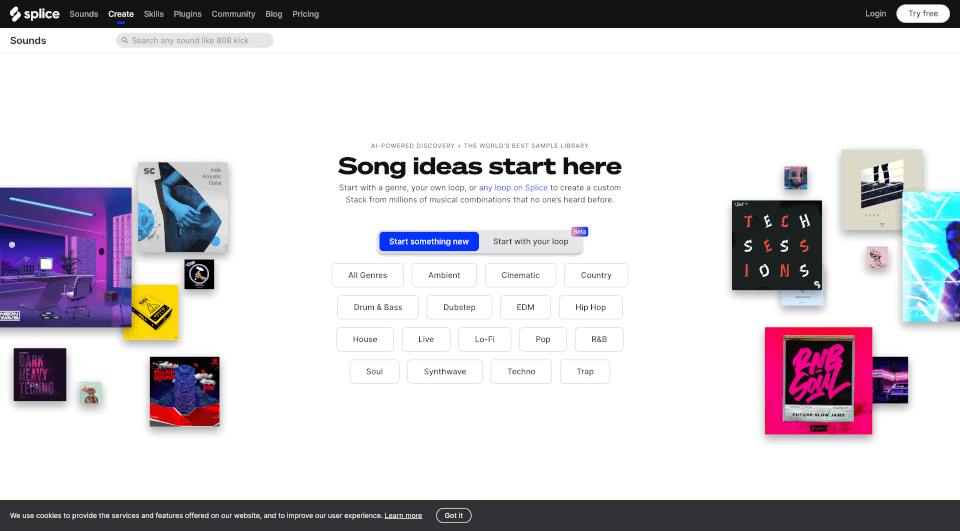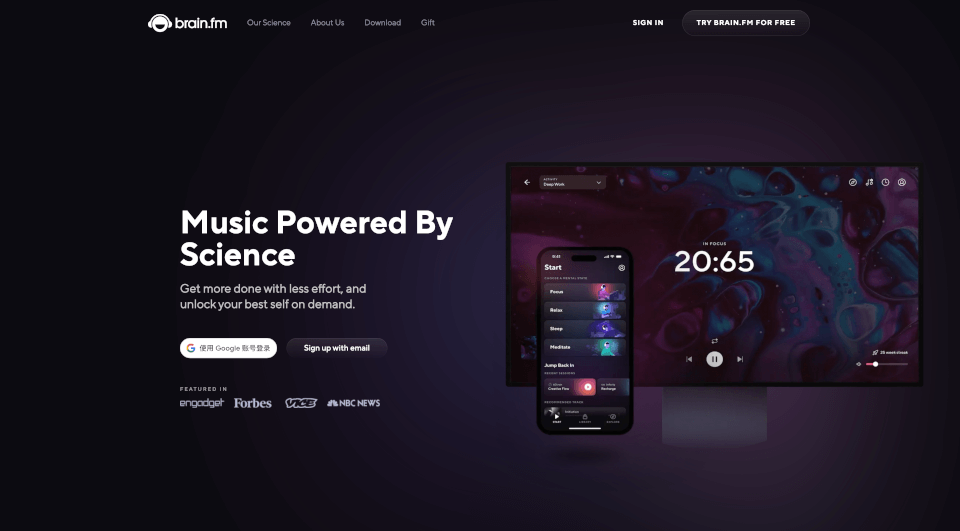What is Jukebox?
Introducing Jukebox, an innovative neural network developed by OpenAI that brings the power of artificial intelligence to music generation. Jukebox is capable of creating raw audio music samples, complete with singing, across a plethora of genres and artist styles. By utilizing advanced machine learning techniques, it can generate full-length songs that exhibit both musical structure and diversity. This cutting-edge tool represents a significant advancement in generative audio models and opens new avenues for creativity in music production.
What are the features of Jukebox?
Advanced Music Generation
Jukebox generates music in various genres and styles based on user inputs. By providing specific genre, artist, and even lyrics, users can receive unique musical compositions that reflect the chosen parameters. This feature allows musicians, producers, and creators to explore different musical expressions and styles seamlessly.
AI-Driven Composition
Leveraging a neural network trained on a massive dataset of over 1.2 million songs, Jukebox is equipped to produce highly coherent and creative compositions. The AI’s ability to learn from vast quantities of audio data allows it to mimic professional styles while infusing its unique character into the generated music.
High-Fidelity Output
Jukebox operates at a sampling rate of 44.1 kHz, producing high-quality audio that captures the nuances of human voice, timbre, and instrument sounds. The VQ-VAE architecture helps in compressing audio to meaningful codes, enabling the generation of detailed and vibrant musical outputs.
What are the characteristics of Jukebox?
-
Hierarchical Structure: Jukebox employs a hierarchical model that breaks down the music generation process into several levels. The top-level prior focuses on generating long-range music representation, while the lower levels refine audio quality with local musical details.
-
Lyrics Conditioning: One of the standout features of Jukebox is its ability to be conditioned on lyrics. By aligning lyrics with musical outputs, the AI can produce songs that not only sound great but also resonate with the provided text, creating a more immersive experience for listeners.
-
Robust Dataset: The model is trained on a rich dataset that includes metadata like artist, album, and mood, which enhances the AI's contextual understanding of music. This comprehensive dataset allows Jukebox to maintain genre-specific characteristics and musical coherence.
What are the use cases of Jukebox?
Creative Music Production
Musicians and composers can utilize Jukebox to spark inspiration for new projects. It serves as a collaborative partner in the creative process by generating musical ideas that can be further refined and expanded.
Soundtrack Creation
Filmmakers and game developers can leverage Jukebox to produce original soundtracks tailored to specific scenes or themes. The ability to condition the output based on genre and mood allows for customized music compositions that enhance visual storytelling.
Music Education
Educators can use Jukebox as a teaching tool to demonstrate the principles of music composition and genre characteristics. Its capacity to create diverse musical examples can support learning experiences in classrooms or workshops.
Advertising and Marketing
Brands looking for unique sounds to accompany their marketing campaigns can turn to Jukebox for generating catchy jingles or soundscapes that align with their messaging. The customization options available allow for a tailored sound that fits specific brand identities.
How to use Jukebox?
To start using Jukebox, you simply need to provide the desired genre, artist, and lyrics (if applicable) into the interface. The model will then generate a music sample based on these parameters. Users can explore the different audio compositions produced, helping them to find the most suitable track for their needs.
Jukebox Contact Email:
For inquiries and collaborations, please reach out via email at [email protected].

